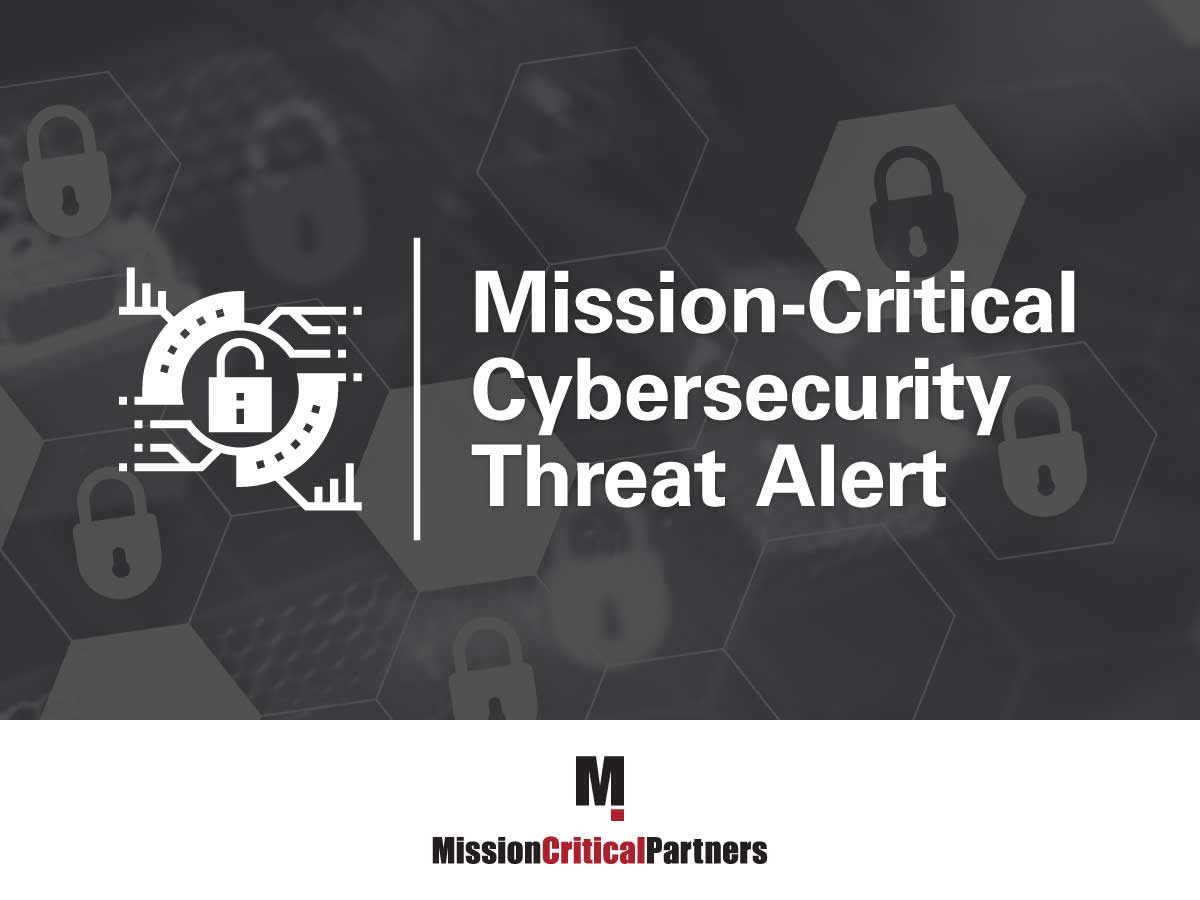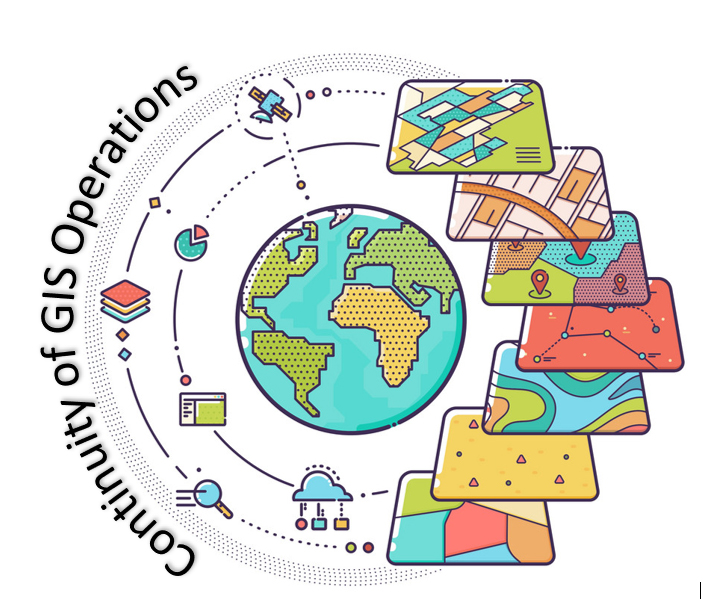Resources to Get Your Agency Across the NIBRS Transition Finish Line
Considerable inconsistency traditionally has existed in terms of how law enforcement agencies from coast to coast gather and report crime data, as well as the types of data captured. The National Incident-Based Reporting System (NIBRS) was created to address that shortcoming.
NIBRS has defined standard ways of describing an incident, and collecting the data associated with it, so that apples-to-apples comparisons can be made at the national level. The idea is that, to truly have a national picture of crime in the U.S., data has to be collected in the same manner, using the same nomenclature, from the country’s largest law-enforcement agency—the New York City Police Department—to its smallest.





.jpg)






